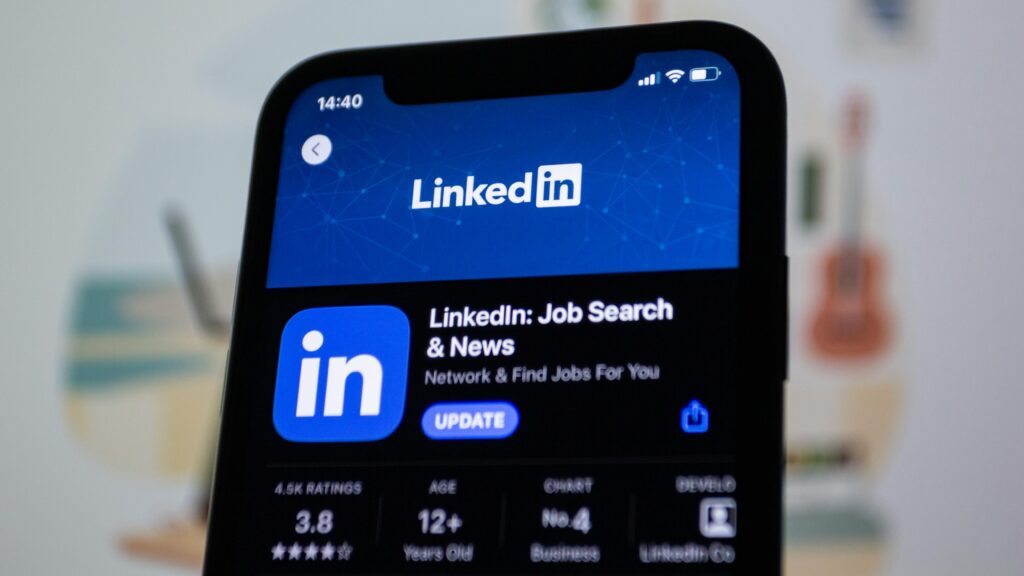At ENEB we want you to know that Leadership is an essential skill in any professional environment, but extensive training is not always necessary to apply the key principles. In today’s fast-paced world, effective and efficient leadership can make a difference, even when time is limited. This leadership express guide will provide you with the tools you need to take charge of your team immediately, without complications or lengthy theories.
This guide is designed for those who need quick and effective results, whether you’re starting your career as a leader or looking to improve your ability to lead teams in demanding situations. Let’s break down the fundamental elements that every leader must instantly master to make a real and direct impact in their environment.
1.Clear Vision: The first step in leading your team
Leadership begins with a clear vision. Without knowing where you’re going, it’s hard to lead others. While it may seem basic, having a defined vision is essential so that your team knows what to expect and commits to the common goals.
Define specific and achievable goals
It’s not just about a grand statement; the vision must be broken down into clear and achievable goals. This gives your team a concrete direction, making it easier for everyone to work in unison. Ask yourself: What do I want to achieve, and how can I break it down into small, measurable steps?
Communicate your vision effectively
A leader must be able to communicate their vision in a way that inspires and motivates their team. The first step in achieving this is to be clear and precise, ensuring everyone understands both short-term and long-term objectives.
2.Effective Communication: the pillar of modern leadership

Communication is one of the most powerful tools a leader has at their disposal. It’s not enough to give orders; a leader must be able to listen and convey messages clearly and directly.
Active listening to strengthen relationships
Leadership isn’t just about speaking; it’s also about listening. Active listening is key to understanding the team’s needs and concerns. By showing genuine interest in what others have to say, a leader fosters an environment of trust and respect, which boosts team morale.
Adapt your message to your audience
Every team member is different, so a leader must be able to tailor their communication to the individual or group they’re interacting with. Some prefer detailed instructions, while others respond better to a more direct and concise approach.
3.Quick decision-making: time is of the essence
A leader must be able to make decisions quickly, especially when dealing with unforeseen or high-pressure situations. Indecision can undermine your team’s confidence and delay progress.
Trust your instinct, but validate the facts
In high-pressure situations, there’s often no time for in-depth research. However, an experienced leader knows how to balance their intuition with the available facts. Making quick yet informed decisions is key to maintaining momentum.
Take responsibility for your decisions
Leadership isn’t just about celebrating successes; it’s also about taking responsibility for difficult decisions. A leader who owns their choices inspires respect and credibility within their team.
4.Effective Delegation: Don’t do everything yourself

An effective leader isn’t the one who does everything; they know how to delegate. Proper delegation allows team members to take on responsibilities and grow professionally while you focus on the more strategic tasks.
Know your team’s strengths
The key to successful delegation is knowing each team member’s strengths. Assign tasks that align with their skills and talents, which will increase efficiency and commitment.
Provide autonomy and space for innovation
When delegating, it’s important to give team members the freedom to make decisions within their responsibilities. This not only gives them a sense of ownership but also fosters innovation and improves overall performance.
5.Inspiration and Motivation: Keeping the team’s momentum
Leadership isn’t just about directing; it’s also about motivating and inspiring others to give their best, even in difficult moments.
Recognize achievements and celebrate successes
An effective leader knows how to motivate their team through recognition. Celebrate both big and small achievements to reinforce the sense of belonging and satisfaction that comes from being part of a successful team.
Be a role model
Leadership isn’t just about what you say, but also about what you do. Effective leaders are role models for the behaviors and values they expect to see in their team. If you demonstrate integrity, hard work, and commitment, your team will be more motivated to follow your example.
6. Flexibility: Adapting to change as a leader
The work environment is constantly changing, and a leader must be able to adapt to new circumstances and challenges. Flexibility is crucial for maintaining team efficiency and morale in times of uncertainty.
Learn to adjust your strategies
A good leader knows when to change course. If a strategy isn’t working, it’s vital to be willing to adjust the approach to move forward. Flexibility is not just a skill; it’s a mindset.
Stay calm under pressure
In uncertain times, the ability to stay calm and maintain mental clarity is essential. Your team will look to you for signals on how to react, so your composure can be a key factor in maintaining cohesion and focus.
With these principles in mind, you’ll be able to take charge of your team immediately, without the need for extensive preparation. Leadership is within reach for anyone willing to practice these essential values. So don’t wait any longer, start applying these concepts and transform your leadership today!

















